Seiichi Yoshida's Diary of Comet Observations (2017)
|
Japanese version Home page |
Updated on December 20, 2017 |
![]()
|
Go to Seiichi Yoshida's Diary of Comet Observations in 2018. |
![]()
|
|
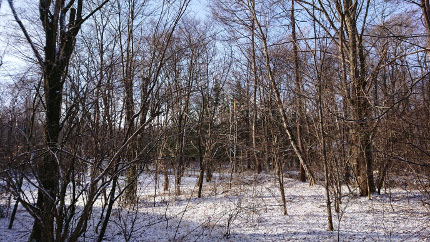 |
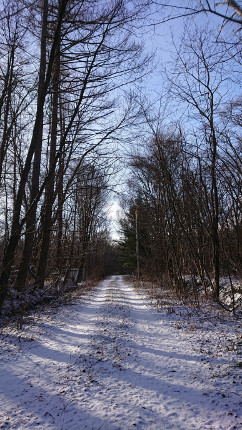 |
I observed 2 comets and (3200) Phaethon visually on Dec. 11 in Kita-karuizawa, Gunma, Japan.
It was fine well in the evening. But it was very cold due to the strong wind. It began to snow before the midnight. The sight was covered with snow in the morning.
I could not observe C/2017 O1 because it was too close to a star in the evening.
C/2016 R2 ( PanSTARRS )
11.4 mag Dia. 1.8' DC 3 (40.0-cm reflector 144x)
Somewhat hard to see due to the low sky condition.
174P/(60558) Echeclus
13.2 mag Dia. 0.5' DC 7-8 (40.0-cm reflector 144x)
Very bright! Easily visible with a 40-cm telescope. It is 4 days after the outburst, and it looks already cometary.
(3200) Phaethon
10.9 mag DC 9 (40.0-cm reflector 75x)
Passing near by the Earth. Very bright. It moves fast and the motion through background stars is easy to see.
I think it is the first time and the last time for me to see this object at 10 mag.
|
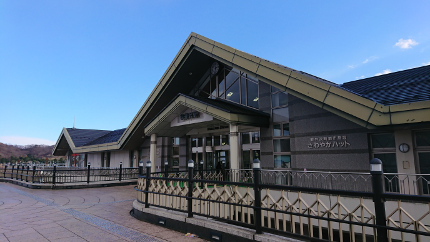 |
 |
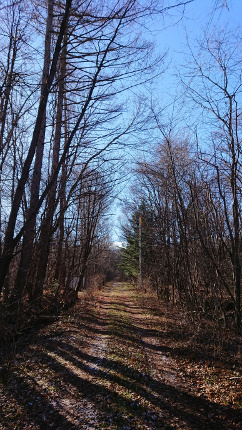 |
I observed 5 comets and (3200) Phaethon visually on Nov. 24 in Kita-karuizawa, Gunma, Japan.
I had snow in the evening, but the weather became fine with few clouds at night. But thunder was shining frequently all night from the nearby snow clouds.
I also tried to observe 145P. I found a very faint near-limit small object at the predicted position. But I checked the USNO-A2.0 catalog and found that it was a 15.5 mag background star.
C/2016 R2 ( PanSTARRS )
12.6 mag Dia. 1.4' DC 4 (40.0-cm reflector 144x)
Very bright. Easy to see.
C/2017 O1 ( ASASSN )
11.5 mag Dia. 1.6' DC 2 (40.0-cm reflector 75x)
It became very faint and small. It located near by Polaris and it is observable all night.
24P/Schaumasse
11.5 mag Dia. 1.4' DC 1 (40.0-cm reflector 144x)
Bright. But diffuse and not easy to see.
62P/Tsuchinshan 1
10.4 mag Dia. 4' DC 1-2 (40.0-cm reflector 75x)
Bright and large. Diffuse.
355P/LINEAR-NEAT
fainter than 14.0 mag Dia. 0.4' (40.0-cm reflector 257x)
Not visible.
(3200) Phaethon
13.8 mag DC 9 (40.0-cm reflector 257x)
It will approach to Earth in December. It is already bright.
|
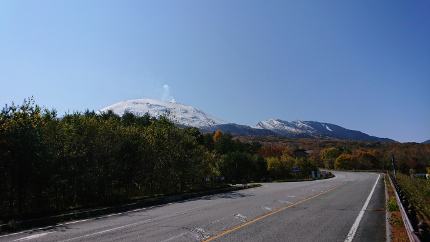 |
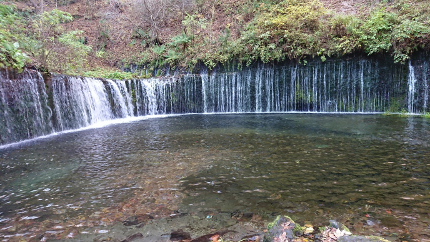 |
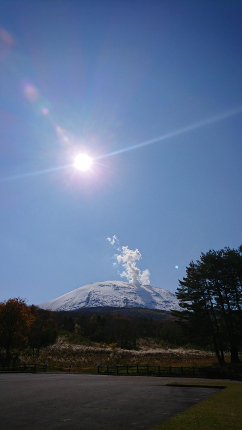 |
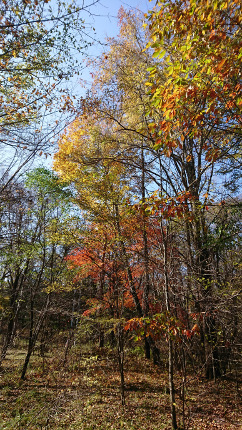 |
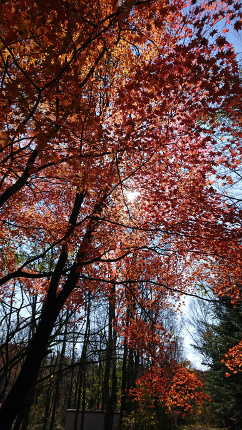 |
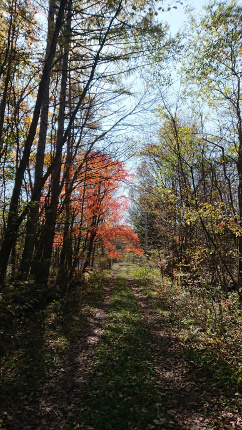 |
I observed 9 comet visually on Oct. 26 in Kita-karuizawa, Gunma, Japan.
The weather was completely fine. The scenery was beautiful, the mountain covered with snow and the leaves turning to red.
It was fine with no clouds in the evening, but there was moon light. After midnight clouds covered the sky, so I observed comets through gaps of clouds.
I also tried to observe 217P. I found a stellar object around the position which was not recorded in the GSC chart. So I wondered if it was in outburst. But I checked the USNO-A2.0 and found a 14.7 mag background star at the position.
C/2015 V1 ( PanSTARRS )
fainter than 14.4 mag Dia. 0.3' (40.0-cm reflector 257x)
Not visible.
C/2016 M1 ( PanSTARRS )
fainter than 13.9 mag Dia. 0.4' (40.0-cm reflector 257x)
Not visible.
C/2016 N4 ( MASTER )
14.5 mag Dia. 0.3' DC 4 (40.0-cm reflector 257x)
Near limit.
C/2016 R2 ( PanSTARRS )
13.2 mag Dia. 0.7' DC 3-4 (40.0-cm reflector 257x)
Getting brighter. Well visible.
C/2017 O1 ( ASASSN )
9.9 mag Dia. 5' DC 1 (40.0-cm reflector 36x)
Extremely diffuse and hard to see.
24P/Schaumasse
12.8 mag Dia. 1.2' DC 1 (40.0-cm reflector 144x)
Getting brighter. Diffuse.
29P/Schwassmann-Wachmann 1
12.9 mag Dia. 0.9' DC 2-3 (40.0-cm reflector 144x)
Well visible even in the moon light.
62P/Tsuchinshan 1
11.5 mag Dia. 2.4' DC 3 (40.0-cm reflector 75x)
I was surprised that it became very bright and large. Easy to see.
71P/Clark
12.7 mag Dia. 0.6' DC 2 (40.0-cm reflector 257x)
Near limit due to the moon light and low sky condition.
|
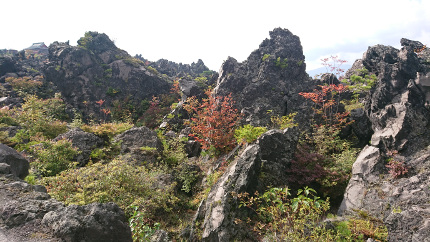 |
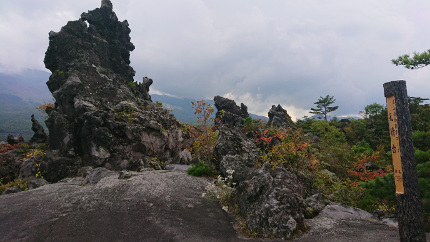 |
 |
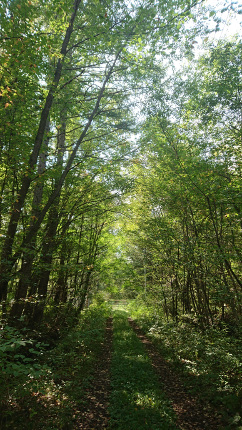 |
I observed 9 comet visually on Sept. 25 in Kita-karuizawa, Gunma, Japan.
It was rainy for a short time in the evening, so the transparency was not good.
C/2015 ER61 ( PanSTARRS )
14.2 mag Dia. 0.6' DC 1 (40.0-cm reflector 144x)
It became very faint. Probably obstructed by a nearby 15 mag star.
C/2015 VL62 ( Lemmon-Yeung-PanSTARRS )
fainter than 13.7 mag Dia. 0.4' (40.0-cm reflector 257x)
Not visible.
C/2016 N4 ( MASTER )
14.6 mag Dia. 0.3' DC 3 (40.0-cm reflector 257x)
Near limit.
C/2016 R2 ( PanSTARRS )
14.0 mag Dia. 0.6' DC 3 (40.0-cm reflector 257x)
Near limit.
C/2017 O1 ( ASASSN )
9.5 mag Dia. 8' DC 2 (40.0-cm reflector 36x)
Bright. But unexpectedly, diffuse with very weak condensation.
24P/Schaumasse
fainter than 12.2 mag Dia. 0.7' (40.0-cm reflector 257x)
Passing through Praesepe. Not visible.
29P/Schwassmann-Wachmann 1
fainter than 13.4 mag Dia. 0.8' (40.0-cm reflector 257x)
I heard the comet is bright now. But unexpectedly, not visible. Probably obstructed by nearby two 14 mag stars.
213P/Van Ness
fainter than 12.7 mag Dia. 0.5' (40.0-cm reflector 257x)
Not visible. Through thin clouds and the transparency was bad.
217P/LINEAR
fainter than 14.0 mag Dia. 0.5' (40.0-cm reflector 257x)
Unexpectedly, not visible. Probably obstructed by a nearby 14 mag star.
|
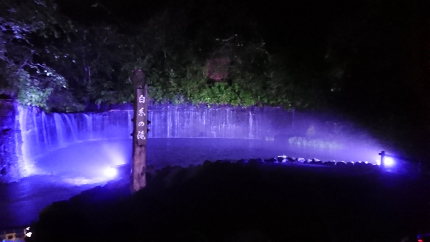 |
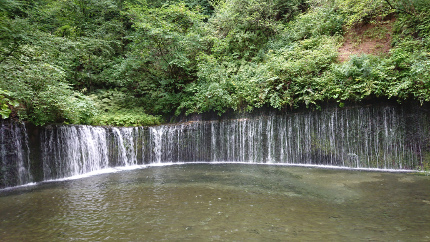 |
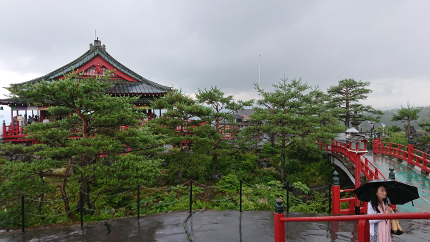 |
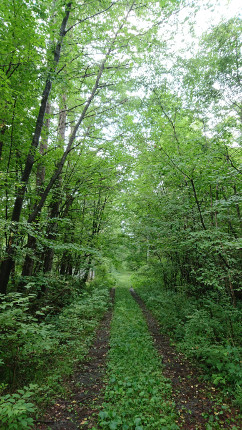 |
I observed 1 comet visually on Aug. 12 in Kita-karuizawa, Gunma, Japan.
Trip with my friends for sightseeing around Karuizawa and star watching of Perseids meteor shower. Every day rainy. But we could have a small gap of clouds for an hour in the morning on Aug. 12.
C/2015 ER61 ( PanSTARRS )
10.7 mag Dia. 1.5' DC 3-4 (40.0-cm reflector 144x)
Fading. Hard to see in the moon light. Near by Pleiades.
|
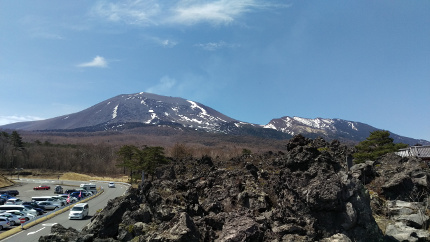 |
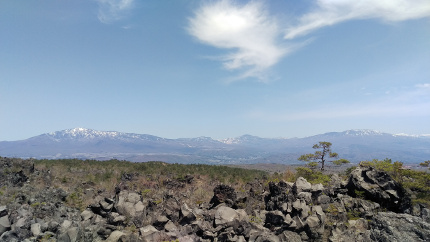 |
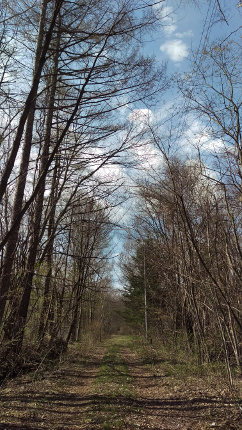 |
I observed 5 comets visually on May 4 in Kita-karuizawa, Gunma, Japan.
The weather was fine with no clouds. The Milky Way looked beautiful. I could see a bright shooting star of Aquarids.
C/2015 ER61 ( PanSTARRS )
7.8 mag Dia. 5' DC 5 (40.0-cm reflector 36x)
Well condensed and easy to see.
C/2015 V2 ( Johnson )
8.6 mag Dia. 7.5' DC 6 (40.0-cm reflector 36x)
8.1 mag Dia. 6.5' DC 5 (10x70 monocular)
Bright and large.
29P/Schwassmann-Wachmann 1
12.5 mag Dia. 1.2' DC 1 (40.0-cm reflector 144x)
Visible visually. Diffuse.
41P/Tuttle-Giacobini-Kresak
10.6 mag Dia. 5.5' DC 1 (40.0-cm reflector 36x)
It became small now. Because other observers reported it as 7-mag recently, maybe I under-estimated it due to a nearby 4-mag star.
71P/Clark
12.2 mag Dia. 1.2' DC 6 (40.0-cm reflector 144x)
Very bright. I was surprised that it was easy to see.
|
|
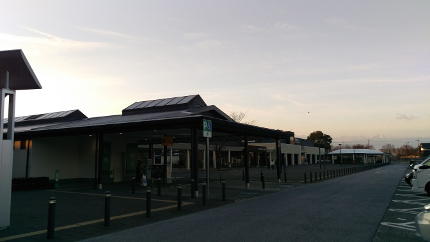 |
I observed 6 comets visually on Mar. 3 in Mt. Hanadate, Ibaraki, Japan.
New comet gb00099 was discovered by Borisov timely, I received the observations from Hidetaka Sato and the preliminary orbital elements from Hirohisa Sato, so I could observe the new comet.
* New comet gb00099 became C/2017 E1 ( Borisov ) officially.
The brightest comet C/2015 V2 was too close to a 4-mag star, so I could not estimate the magnitude, although it was easily visible.
C/2015 ER61 ( PanSTARRS )
10.7 mag Dia. 1.1' DC 3-4 (40.0-cm reflector 144x)
Much smaller than expected and I felt it very faint, probably due to the low sky condition.
C/2017 E1 ( Borisov )
12.2 mag Dia. 1.4' DC 1-2 (40.0-cm reflector 144x)
Diffuse and near limit. It located in the low sky and in the dense field of faint stars. So maybe I overestimated the brightness.
41P/Tuttle-Giacobini-Kresak
10.4 mag Dia. 5' DC 3 (40.0-cm reflector 36x)
Very bright and large. Easy to see with low magnification.
45P/Honda-Mrkos-Pajdusakova
10.7 mag Dia. 6' DC 0-1 (40.0-cm reflector 36x)
Bright, but completely diffuse with no central condensation.
73P/Schwassmann-Wachmann 3
fainter than 10.5 mag Dia. 1.4' (40.0-cm reflector 144x)
Already one month has passed since the fragment BT was discovered. And now it located in the extremely low sky. So it was not visible.
315P/LONEOS
fainter than 13.5 mag Dia. 0.8' (40.0-cm reflector 257x)
Not visible.
|
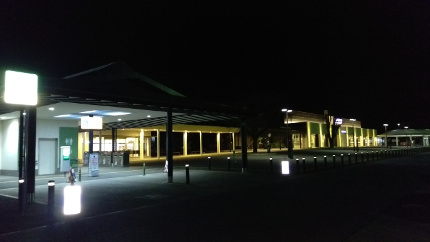 |
I observed 5 comets visually on Feb. 6 in Mt. Hanadate, Ibaraki, Japan.
I wanted to observe 45P approaching to the earth before full moon.
C/2015 ER61 ( PanSTARRS )
11.4 mag Dia. 1.2' DC 3 (40.0-cm reflector 144x)
Diffuse, but well visible.
C/2015 V2 ( Johnson )
11.6 mag Dia. 2.5' DC 6-7 Tail 4.5' (p.a. 310 deg) (40.0-cm reflector 75x)
Fairly bright. Looks nice with a tail.
I felt it became much brighter than January. But my measurement became similar to that in January.
41P/Tuttle-Giacobini-Kresak
13.4 mag Dia. 0.8' DC 3 (40.0-cm reflector 144x)
Well visible. I felt it became much brighter than January. But my measurement became similar to that in January.
45P/Honda-Mrkos-Pajdusakova
7.9 mag Dia. 11' DC 1 (40.0-cm reflector 36x)
6.9 mag Dia. 16' DC 2 (10x70 monocular)
Very bright and easy to see with a small monocular. Diffuse and very very large.
73P/Schwassmann-Wachmann 3
fainter than 12.2 mag Dia. 1.1' (40.0-cm reflector 144x)
Not visible.
When guideing my telescope to the comet, I found a bright nebula not recorded in my chart, where I plotted clusters and nebulae down to 12 mag. So I imagined it might be a fragment or new comet. But actually, it was planetary nebula NGC 6445.
|
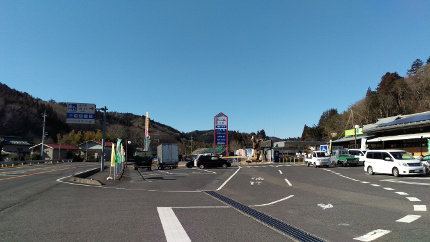 |
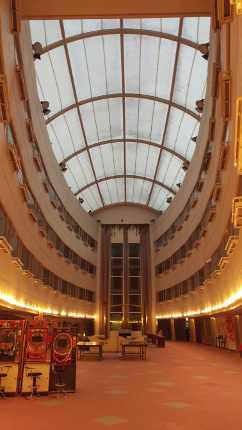 |
I observed 9 comets visually on Jan. 24 in Mt. Hanadate, Ibaraki, Japan.
Although the sky was covered with heavy clouds in day time, it became completely fine rapidly after the sunset, then it kept fine with no clouds all night. The moon with earthshine in the morning sky was very beautiful.
C/2015 ER61 ( PanSTARRS )
12.2 mag Dia. 1.1' DC 3-4 (40.0-cm reflector 144x)
Much fainter and harder to see than expected, probably due to the low sky condition.
C/2015 V2 ( Johnson )
11.9 mag Dia. 1.7' DC 6-7 (40.0-cm reflector 75x)
Very strongly condensed and easy to see. Because it located very near by a 11-mag star, maybe the outer coma was not visible.
2P/Encke
12.2 mag Dia. 1.7' DC 1-2 (40.0-cm reflector 144x)
Diffuse.
41P/Tuttle-Giacobini-Kresak
13.8 mag Dia. 0.7' DC 3 (40.0-cm reflector 144x)
Already visible visually. Small.
43P/Wolf-Harrington
13.6 mag Dia. 0.6' DC 2-3 (40.0-cm reflector 144x)
Unexpectedly still visible. Near by a globular cluster M68.
73P/Schwassmann-Wachmann 3
13.7 mag Dia. 0.6' DC 2 (40.0-cm reflector 257x)
Unexpectedly, already visible visually.
93P/Lovas 1
fainter than 13.5 mag Dia. 0.8' (40.0-cm reflector 257x)
Not visible.
144P/Kushida
13.9 mag Dia. 0.9' DC 2-3 (40.0-cm reflector 257x)
Unexpectedly still visible.
315P/LONEOS
14.0 mag Dia. 0.3' DC 2 (40.0-cm reflector 257x)
Extremely hard to see.
![]()
|
Go to Seiichi Yoshida's Diary of Comet Observations in 2016. |
![]()